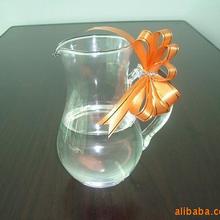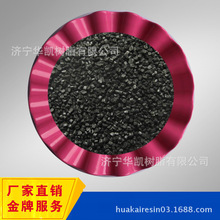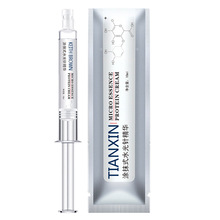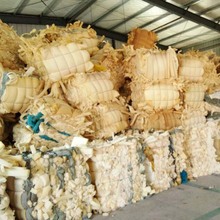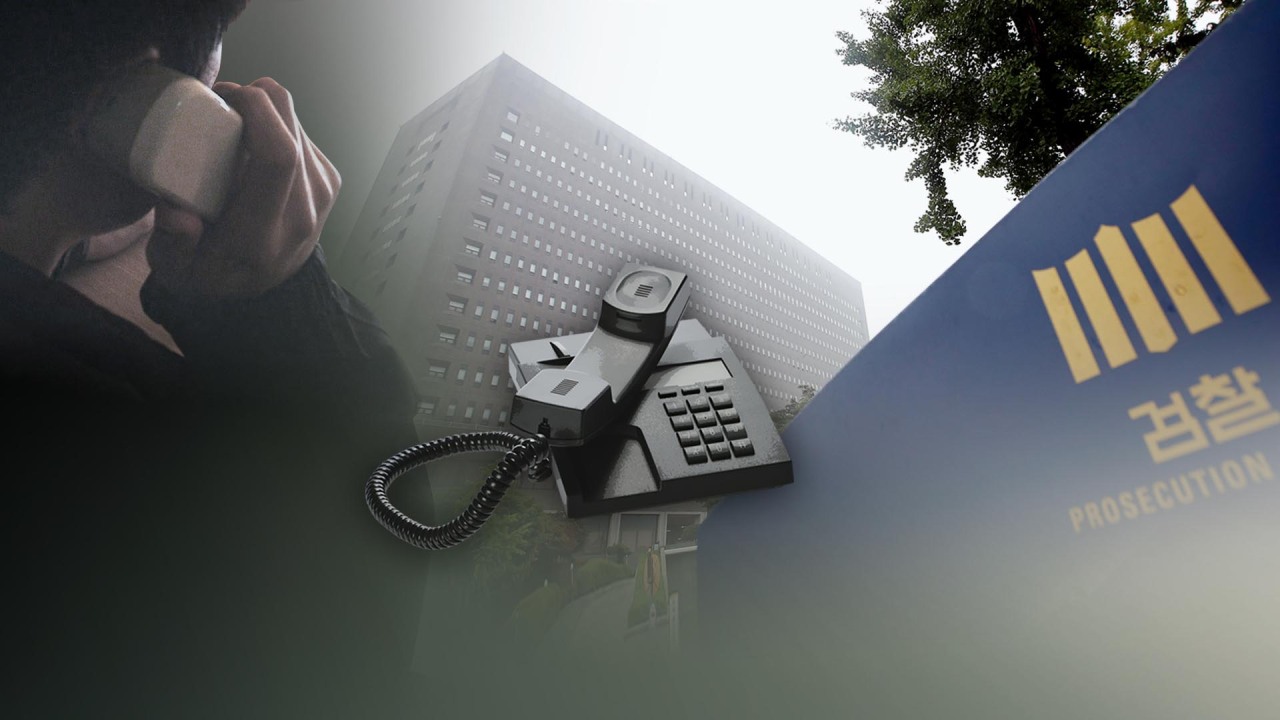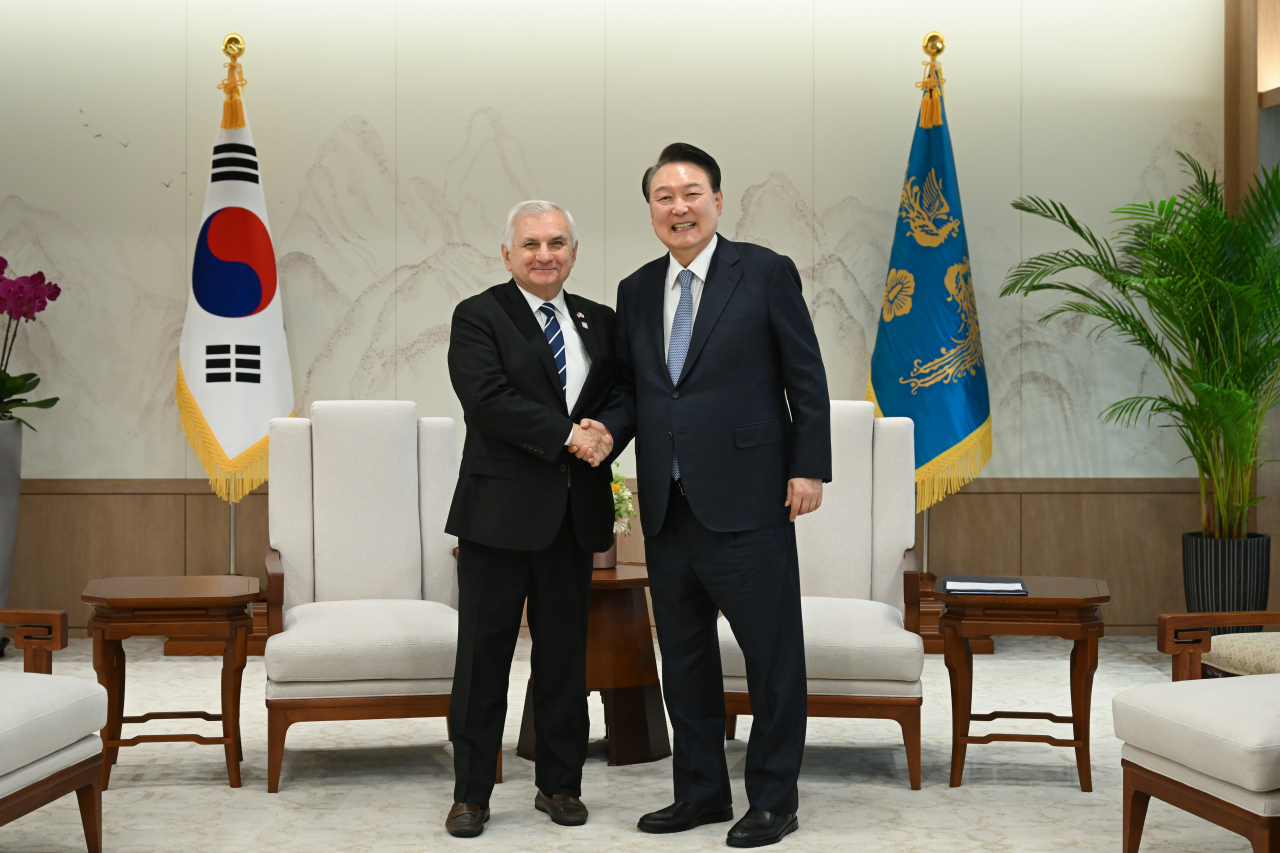Yesterday we covered the news that New Zealand's second-largest electricity distributor has signed a deal with startup Emrod to trial long-range wireless power transmission. Today we follow up with an interview with Emrod's founder, Greg Kushnir, to talk about the deal, the technology, safety and redundancy concerns, the efficiency of the system and whether it can be used to transmit power back to Earth from a space-based solar array.
What follows is an edited transcript.
New Atlas: Congrats on this deal you've signed with Powerco. It sounds pretty significant.
Greg Kushnir: Any market traction with a new technology is significant. I think it's been a huge leap of faith on behalf of Powerco.
So Microwave energy transmission has been possible for some time. What are the advances you guys have made?
You're absolutely right. Transferring energy with microwaves has been around for decades. In the 70s, NASA showed it could support a helicopter drone in the air, charging it with microwaves from the ground. It's been around for a while.
What's changed in the last few years is mostly metamaterials technology. New materials that allowed us to convert the energy back into electricity very, very efficiently. That was what made it viable for commercial use. Before that, it's been around, but mostly used for military purposes.
So materials that are synthetic, man-made, and when you have waves, either acoustic or electromagnetic, hit them, they react like a new type of material. And you can design them to do all sorts of things. Acoustic metamaterials can be very handy for sound absorption in audio studios.
Electromagnetic metamaterials do a few things; you can incorporate small designs in them so they can absorb electromagnetic radiation and turn it into heat, or electricity, or make it go away. It's essentially stealth technology, that's what it's been used for in the military.
The stuff that makes things invisible to radar?
It's the same category. We're using somewhat different technology, but it's the same category of materials.
Is it the structure, or the component metals? What has enabled this?
I think what enabled the really quick dash we've seen in the last few years is better computer modeling. When you can model those things properly without needing to build and test all the time, that's what provided the big boost. More computing power, better software, more universities involved in that research.
